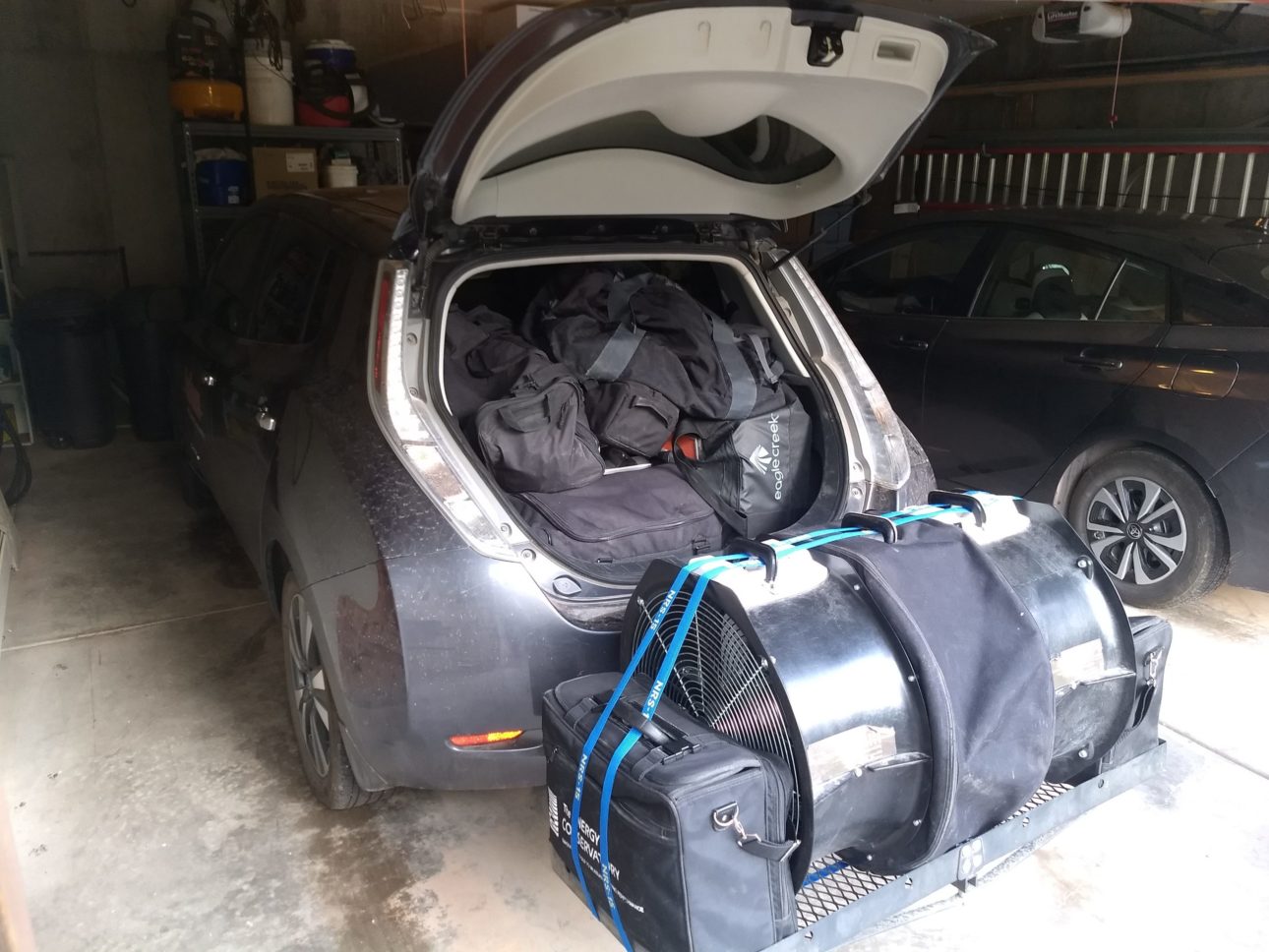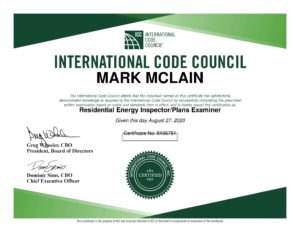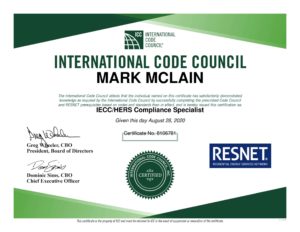Link to adoption language, Article 9…
effective February 18, 2020
Mandatory ERI path
2018 ERI 61 (zone 6)
Adopted the 2018 version of the IECC
c) Residential Energy.
(1) Amend Section R401.2 “Compliance” to read:
All new buildings and any building having an addition of 1000 square feet or greater shall comply with Section R406. All other buildings shall comply with one of the following:
The remainder of the section remains unchanged.
R402.2.14 Exterior Walls. Recess step lights are not permitted in exterior building walls except where the required R-value is met for the wall assembly.
(3) Add a sentence to Section R402.4.5 to read:
Recessed can lights are allowed in ceiling-roof assemblies only if the required R-value of insulation can be met between the top of the fixture and the roof decking material.
(4) Amend Table R402.4.1.1 by adding to the Insulation Installation Criteria for the Walls Component:
Wood or Engineered Headers-R-10 wherever possible.
Steel Header – R-10 with insulation provided on both the exterior and/or the interior sides of the steel if possible, to maintain a continuous thermal barrier.
(5) Amend Section R403.5.3 to read:
R403.5.3 Hot water pipe insulation (Mandatory). Insulation for hot water piping with a thermal resistance, R-value, of not less than R-3 shall be applied to the following:
Items 1 through 7 remain unchanged.
8. Hot water line piping shall not be placed in an exterior wall to the extent practical. When not practical as determined by the Building Official, hot water piping may be placed in an exterior wall provided the required insulation R-value of the wall is provided in between the piping and the exterior of the wall.
9. An insulating blanket shall be provided that covers entire water tank fastened with appropriate tape.
(6) Add a last sentence to Section R403.7 to read:
Systems shall be designed by a certified Mechanical Engineer for single family residential structures greater than 2,000 sq. ft. of gross floor area including the basement area.
(7) Amend Section R406.1 to add to the following as the last sentence:
ERI refers to the ERI Home Energy Rating System (HERS) score.
(d) Additional Requirements for Residential and Commercial Buildings.
(5) Pools and Spas (Hot Tubs).
(11) Renewable Energy.One hundred percent (100%) of the building’s electricity use must be provided for with renewable energy, either produced on site or purchased through a Green Power Production Program. Creative alternative options will be considered by the Building Department. (Ord. 1502 §1, 2020)


